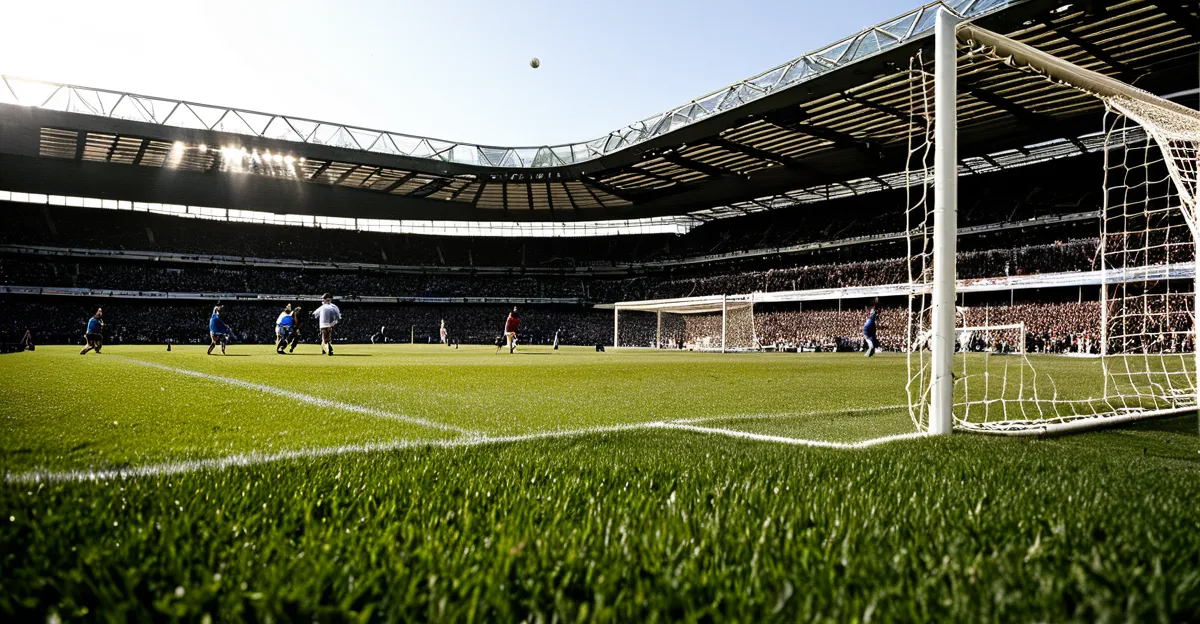Early Foundations of UK Sports: Pre-20th Century Developments
Delving into the history of UK sports, the origins of many organized activities trace back to the Victorian era. This period marked the structured beginnings of football, rugby, and cricket, laying the groundwork for modern sports. Public schools played a pivotal role by formalizing rules and promoting competition, which helped standardize play nationwide.
Football’s early form evolved with the codification of rules by the Sheffield and London associations in the 1860s, reflecting a transition from disparate local games to unified standards. Similarly, rugby bifurcated into union and league codes, illustrating the influence of social class divides on the development of sports.
In the same genre : How is the UK investing in sports infrastructure for future generations?
Societal context significantly shaped early UK sporting events. Participation was often limited by class and gender; upper-class males dominated competitions, while women and working classes faced exclusion or marginalization. This exclusivity reflected broader Victorian social structures but set the stage for gradual changes as sports grew more accessible.
Understanding these early developments clarifies how foundational social norms, institutional influences, and formalized rules set the trajectory for the extensive sports culture that the UK enjoys today.
In parallel : How is Brexit affecting the sports industry in the UK?
The Transformation of Sports in the Early to Mid-20th Century
The evolution of UK sports between 1900 and 1950 saw football firmly establish itself through the growth of professional leagues and clubs nationwide. This period marked a shift from largely amateur participation to organized professionalism, enabling clubs to attract wider followings and enhancing competition standards.
Wartime disruptions notably affected sporting events, as many athletes enlisted or were conscripted during World Wars I and II. Competitions were suspended or curtailed, but sports also provided morale-boosting entertainment for civilians and troops. This complex interplay shaped athletes’ careers and altered the sporting calendar significantly during the 1900s–1950s.
The increasing public interest in sport was fueled by innovations in media, especially radio broadcasts. The first live commentaries brought sports into homes, expanding fans’ access far beyond stadiums. Early television, though limited, began to transform how audiences engaged with UK sports, setting the stage for the mass media impact in later decades. This intersection of sports and society in the UK highlights how technological advances vastly broadened sport’s cultural reach during this transformative era.
Expansion and Media Influence: 1960s–1980s
The impact of media on UK sports during the 1960s–1980s transformed how fans experienced competition. Television broadcasts became widespread, bringing live matches and highlights into homes nation-wide. This shift increased the visibility of UK sports events and athletes, fostering a stronger emotional connection between fans and their favourite teams.
During this period, the UK sports development 1960s-1980s saw football clubs, cricket, and rugby expand their fanbase as televised games reached audiences previously inaccessible. Iconic athletes and clubs rose to prominence, becoming household names and national symbols. For instance, football stars like George Best captured imaginations, illustrating the growing celebrity culture within sports.
The rise of modern sporting idols was bolstered by media narratives that enhanced athletes’ public personas, encouraging youth participation and wider enthusiasm across all social classes. Additionally, the diversification of popular sports grew as television showcased events beyond traditional games, broadening interest in athletics and new disciplines.
In sum, the integration of media into UK sports not only amplified visibility but also actively shaped the culture and enthusiasm surrounding these activities, confirming its crucial role in the sports evolution during these pivotal decades.
Modernisation and Globalisation: 1990s–Present
The modern UK sports landscape has undergone profound changes since the 1990s, driven by professionalisation of sports in the UK and the increasing globalisation of UK sports markets. Commercialisation has surged, with broadcasting rights generating significant revenue that clubs and governing bodies reinvest in talent acquisition and infrastructure. Premier League football epitomizes this shift, becoming a global product accessible in hundreds of countries.
Simultaneously, international competitions have expanded UK sports’ global presence, attracting diverse audiences and encouraging athlete exchanges. This globalisation fosters competitive excellence but also challenges traditional sporting cultures. Alongside these developments, there has been a marked rise in attention to women’s sports and efforts promoting diversity in participation, reflecting broader societal changes.
Government initiatives and the legacy of hosting the Olympic Games have played pivotal roles by improving funding streams and upgrading facilities nationwide. These policies support elite athlete development and grassroots programmes alike, aiming to ensure sustained growth and accessibility of sports. Together, these factors illustrate how 1990s to present-day developments in UK sports blend modern business models with inclusive cultural values, reshaping the sector’s identity and future trajectory.





